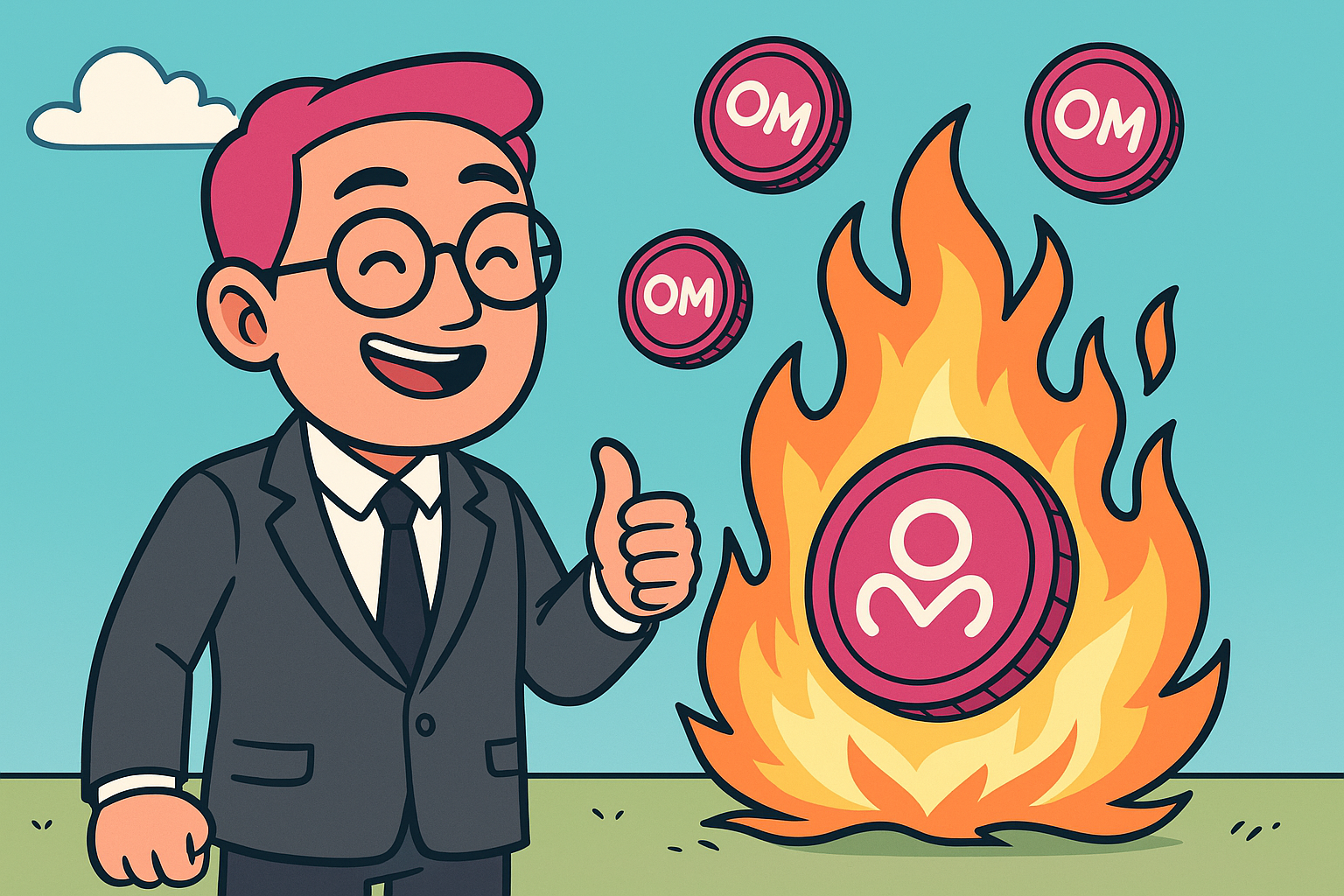The gold market is buzzing, and analysts are predicting a promising future for this precious metal, with a price target reaching 3000 dollars an ounce. This intriguing perspective raises questions about the factors that could drive the price of gold to such heights.
The driving factors of gold prices
The anticipation of a significant increase in the price of gold is fueled by several macroeconomic factors. First of all, persistent inflation remains a major concern for investors. In times of economic uncertainty, gold is often seen as a safe haven, thus attracting increased demand. Analysts believe that if inflation continues to rise, it could prompt more investors to turn to gold to protect their purchasing power.
Moreover, the monetary policy of central banks plays a crucial role in the dynamics of gold prices. If interest rates remain low or decrease, this will make gold more attractive compared to interest-generating assets, such as bonds. The forecasts also indicate that economic stimulus measures could be implemented to support growth, which could strengthen the demand for gold as a hedge asset.
An increasing demand in the global market
Besides economic factors, global demand for gold continues to grow. Emerging markets, particularly in Asia, are showing a growing interest in the precious metal, both for cultural reasons and as an investment. The expanding middle class in these regions is looking to diversify its assets and invest in safe havens like gold.
The trends observed in the jewelry and industrial technology sectors also reinforce this demand. The use of gold in the manufacturing of electronic products and other industrial applications contributes to keeping pressure on prices. If this trend continues, it could play a significant role in achieving the goal of 3000 dollars.














